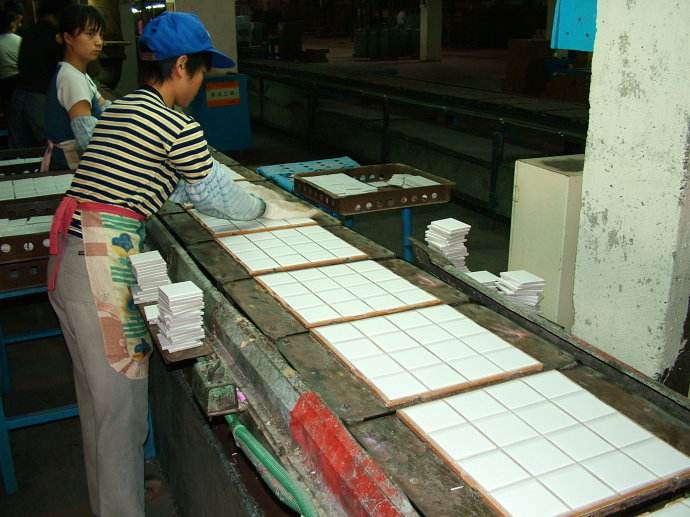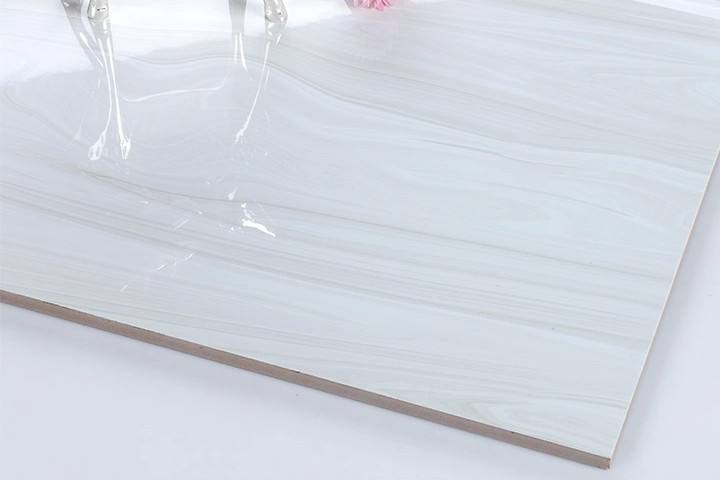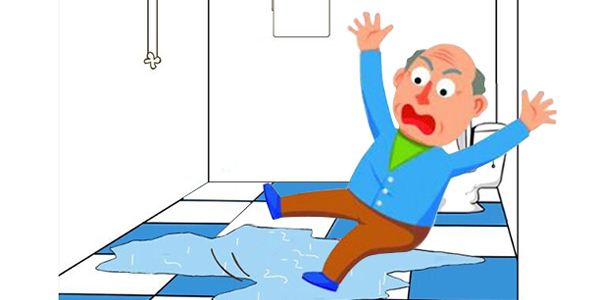With the increase in people’s income, everyone has become more particular about the decorative products on the ground. For example, vitrified tiles and polished tiles that can meet basic needs and have a certain decorative effect have begun to attract the attention of many people. What is the difference between vitrified tiles and polished tiles ? Let's take a look.

1, the difference between production process
In general, these two kinds of bricks belong to the same type of floor decoration materials, and the overall production process is also produced by grinding and processing the mud and quartz sand with a grinding process. However, there are many details in the overall process that look similar, and it is precisely because they lead to the distinction between vitrified tiles and polished tiles. For example, although polished tiles undergo a rigorous process of pressing stone powders and related firing and polishing processes, they do not require ultra-high-standard pressing machines and firing temperatures like vitrified tiles, so their finished products are naturally natural. Not as smooth and bright as a vitrified tile, the price will be relatively low.

2, different water absorption
Anyone who has had experience in decorating the house and has personally been familiar with home improvement building materials knows that the difference between vitrified tiles and polished tiles is the difference in water absorption performance. In general, the former is a floor covering tile that does not achieve a water absorption of 0.5%, while the latter, in fact, is a type of tile that is obtained by mirror polishing the finished product of the former. Its water absorption rate depends on the degree of vitrification in the production process. The products with better vitrification effect usually have lower water absorption rate, and some products on the market with a water absorption rate lower than 0.1% can be called “superior†tile products.

3, non-slip performance difference
As mentioned earlier, these two types of bricks have different rigorous manufacturing processes. Therefore, their appearance characteristics and water absorption rates are also different. However, in addition to the water absorption effect, the non-slip properties are also the difference between vitrified tiles and polished tiles. one. If you use polished tiles to decorate the ground, it is recommended that you have better match with some carpets with better anti-skid properties because they are less absorbent. In case you accidentally pour water on the ground, it is easy to cause falls. In this regard, families with elderly or young children need special attention.

4, gloss difference
Due to the large gaps in polishing techniques, grinding techniques, and pressing levels used by the two tiles, the brilliance that they exhibited became one of the differences between vitrified tiles and polished tiles. For homeowners who are looking for a quality of life and want to create a radiant floor effect, but also want to have better non-slip performance, consider buying a vitrified tile.

Xiaobian epilogue: The above is the relevant content of this article for everyone to bring about the distinction between vitrified tiles and polished tiles , I believe friends who read through the articles are better for that type of tile, and my heart already has the answer. I hope that when building houses, we will make targeted efforts based on actual conditions.
Metal hardware parts are a crucial component in the manufacturing industry, with a wide variety of applications. These hardware parts are typically cast, machined, or stamped from a variety of metal materials including steel, aluminum, brass, and zinc. Metal hardware parts are widely used in various industries such as automotive, aviation, construction, and electronics.
One of the most common metal hardware parts is the metal fastener. Metal fasteners, including bolts, screws, nuts, and washers, play a crucial role in joining two or more metal parts together securely. They are typically made of steel or aluminum and come in a variety of sizes and shapes to suit various applications.
Another essential metal hardware part is the metal hinge. Hinges are used to connect two or more objects together, allowing them to pivot or rotate. Metal hinges are frequently used in furniture, doors, and windows. They are typically made of steel or brass and come in various lengths and designs.
Other metal hardware parts include metal brackets, handles, and knobs. Metal brackets are used to support various objects while handles and knobs are often used to provide grip and control when opening or closing a door or drawer. These parts are typically made from steel or aluminum and can come in various sizes and designs.
Metal hardware parts are widely used for their durability and strength. They are resistant to corrosion and wear, which makes them an ideal choice for harsh environments such as outdoor construction and industrial applications. Additionally, metal hardware parts can be designed to have different finishes, including polished, brushed, or powder-coated, to enhance their aesthetic appeal.
To conclude, metal hardware parts are an essential component for various industries, providing strength and durability to the products they are a part of. Metal fasteners, hinges, brackets, handles, and knobs all play vital roles in creating strong and long-lasting products.
Cpu Parts,Hardware Component,Hardware Pieces,Server Parts
Lizhi Precision Manufacturing Technology Co.,Ltd , https://www.autoindust.com
